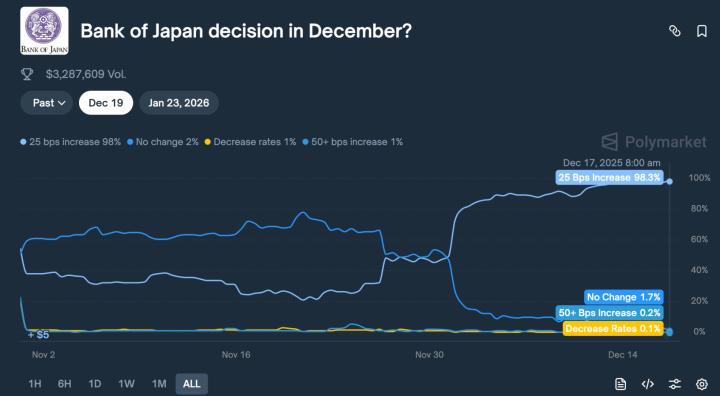Ethereum is experiencing a prolonged growth pain, with continuous price pressure, significantly declining on-chain activity, and continuous outflow of spot ETF funds... These signs are gradually eroding market confidence in its growth potential. As the U.S. crypto regulatory environment quietly changes, and multiple ETF issuers recently submitted Ethereum ETF staking proposal applications to the SEC, this change is viewed by the market as a key variable for Ethereum to emerge from its low point in the short term.
ETF Funds Severely Bleeding, ETF Staking Approval Potentially Announced This Month
Currently, Ethereum spot ETF funds are continuously bleeding, further undermining market confidence. According to SoSoValue data, U.S. Ethereum spot ETF has cumulatively net inflows of approximately $160 million in January and February this year, but has net outflows of over $400 million in March, with net outflows of nearly $240 million year-to-date. In comparison, while Bitcoin spot ETF has also been significantly outflowing in the past two months, its overall net inflows this year still exceed $790 million, and this month's net outflow scale has reduced by 74.9% compared to February.
[The rest of the translation follows the same professional and accurate approach, maintaining the original structure and technical terminology.]The continuous decline in on-chain activity data further highlights the fatigue of the Ethereum ecosystem. According to The Block data, as of March 22, the amount of ETH burned due to transaction fees on the Ethereum network dropped to 53.07 tokens, approximately $106,000, hitting a historical low. Ultrasound.money data shows that the annual ETH supply growth rate over the past 7 days is 0.76%. Moreover, the number of active addresses, transaction volume, and transaction count on the Ethereum chain have been simultaneously declining in recent weeks, indicating a diminishing vitality in the Ethereum ecosystem.

Meanwhile, Ethereum experienced its worst performance in Q1 this year. Coinglass data shows that Ethereum had its most dismal start in recent years, with negative returns for three consecutive months: January: -1.28% (historical average return: +20.63%, median: +31.92%); February: -31.95% (historical average return: +11.68%, median: +8.78%); March: -7.28% (historical average return: +19.55%, median: +9.96%).

Ethereum's challenges stem from multiple structural issues. For instance, while L2 solutions like Arbitrum and Optimism significantly reduce transaction costs through Rollup technology, they have also diverted transaction volume from the mainnet, with L2 transactions now exceeding mainnet transactions, leading to a decline in mainnet gas fees and ETH burning. More critically, transaction fees generated by L2 mostly remain within their ecosystem (such as Optimism's OP token economy), rather than flowing back to ETH. Additionally, Ethereum's market share is being eroded by other public chains like Solana due to its insufficient competitiveness in high-performance application scenarios.
Standard Chartered Bank has also lowered its ETH price target for the end of 2025 from $10,000 to $4,000 in its latest report, making several key observations: L2 expansion weakens ETH market cap (L2 solutions originally meant to improve Ethereum's scalability have caused a $50 billion market value evaporation); ETH/BTC ratio expected to continue declining (projected to fall to 0.015 by the end of 2027, the lowest since 2017); future growth may depend on RWA (if RWA tokenization develops rapidly, ETH might maintain its 80% security market share, but the Ethereum Foundation needs to adopt a more proactive business strategy, which seems unlikely).
Overall, while the Ethereum ETF staking can somewhat impact ETH supply and holder returns, it cannot directly address core challenges such as ecosystem competition, L2 diversion, or market sentiment. Ethereum still needs to seek a breakthrough in both technology and narrative.
Welcome to join BlockBeats official community:
Telegram Subscription Group: https://t.me/theblockbeats
Telegram Discussion Group: https://t.me/BlockBeats_App
Twitter Official Account: https://twitter.com/BlockBeatsAsia








